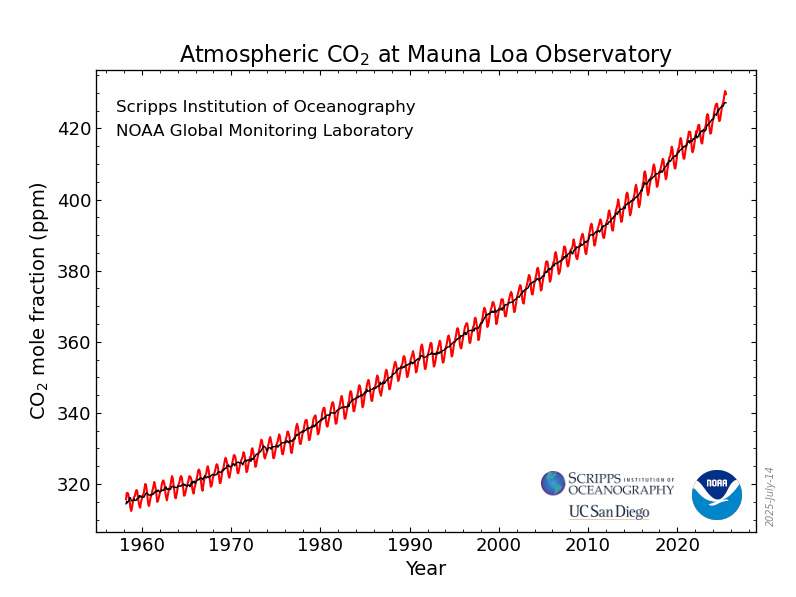Environment & Energy
Related: About this forumImproving the Production of Electrolytic Hydrogen with (Cheap?) Ruthenium Based Electrodes.
The paper I'll discuss in this post is this one: Ru/Ni3S2/NiFe LDH with Multiple Heterogeneous Interfaces as Active Electrocatalyst for Boosted Hydrogen Evolution Reaction Ying Tian, Junbin Li, Fangxiao Li, Ruiting Wang, Jinhao Liu, and Jingwen Ma Industrial & Engineering Chemistry Research 2025 64 (30), 15165-15170.
The fossil fuel industry, which, modeling itself on the cigarette industry with manufactured doubt, often comes around here and elsewhere rebranding itself as "green hydrogen," claiming that hydrogen is a great and wonderful thing that's good for the environment.
Unfortunately, for humanity, but great for the fossil fuel industry, this bit of advertising has been somewhat successful - people actually believe that "green hydrogen" is a "thing" - despite the immutable fact that the laws of physics, specifically those of thermodynamics, preclude this from being true, just as the biochemical laws associated with the action of cigarette smoke preclude smoking being good for you.
The lie that electricity is "green" is connected with the successful selling of the idea that so called "renewable energy" has done a damned thing at addressing the accelerating the collapse of the planetary atmosphere. There is no signal showing an arrest of degradation of the atmosphere with the rising expenditure on so called "renewable energy" on a scale of trillions of dollars beginning in the 21st century as part of the partially successful attack on the last best (energy) hope, nuclear energy, China notwithstanding:

Trends in Carbon Dioxide Concentrations.
The paper I'm discussing here begins with the big lie that hydrogen, which has terrible properties, including the third lowest critical temperature, after 3He and 4He is a desirable energy carrier. From the text:
Currently, Pt-based catalysts are considered to be the most universal HER materials, although paucity and high cost restrict their application for producing hydrogen on an industrial scale. (11−13) Compared to the precious metal platinum, ruthenium exhibits similar or even superior HER properties under certain conditions, and its relatively lower price and more abundant reserves make it more promising for applications. (14) Kweon et al. successfully prepared an efficient HER catalyst by depositing Ru on multiwalled carbon nanotubes (MWCNTs) and generating homogeneous Ru nanoparticles. The catalyst showed a potential of only −17 mV@10 mA· cm-2in 1 M KOH solution. (15) Previous research has established that engineered heterointerfaces can markedly improve electrocatalytic kinetics via two synergistic mechanisms: (1) inducing localized electron density redistribution at interfacial active sites, thereby optimizing adsorption/desorption energetics of reaction intermediates, and (2) substantially lowering the activation energy barriers through favorable thermodynamic pathways. This interfacial engineering approach has been shown to create unique electronic environments that differ fundamentally from single-component catalysts. (16) The interface components are expected to fully utilize their advantages and synergistically complete the multielectron reaction process by combining with accessible intermediates. (17) Furthermore, the structural design of catalysts has been shown to substantially expand the electrochemical active area. (18) Xu et al. demonstrated that the construction of multiple interfaces (MoS2/CFP, Ru/CFP, and Ru/MoS2) is a resultful strategy to develop efficient electrocatalysts for HER. (19) In the development of coupled organic small molecule hydrogen production technology, (20−22) electrocatalytic glycerol oxidation reaction (GOR) has attracted much attention due to the advantages of mild reaction conditions and wide source of feedstock...
The first sentence is not as much of a lie as some of the hydrogen bullshit one sees around here and elsewhere to rebrand fossil fuels as "green hydrogen," since it is not claiming that "green hydrogen" is actually a "thing" so much as it has "attracted attention," the latter case being the point of advertising it, as people used to advertise the healthy choice of cigarettes popular with physicians.
I'm not going to spend a lot of time with the details of this article, but it has lots of cool stuff in it of interest to materials scientists. It does make some good points in the above excerpt however, one of which is that electrolysis as is currently practiced is really not, in any sense, a real industrial process, precluded by the high cost of platinum, definitely a depletable and rare resource.
I would note that ruthenium isn't "cheap." Prices as of this writing seem to be about $820/troy ounce, lower than platinum, at $1,360/troy ounce, but hardly cheap.
Ruthenium is a fission product, and can be recovered from used nuclear fuels, by the way. Unlike the case with the far more valuable element rhodium, however, the availability of ruthenium in used nuclear fuels does not yet exceed the supply from ores.
(Current rhodium prices are around $7000 a troy ounce.)
There is no discussion in the paper of the lifetime and lifecycle analysis of these electrodes, but it doesn't matter, since hydrogen bullshit has been around for half a century and despite its waxing and waning, has never become a "thing" of industrial importance as a fuel, despite all the bullshit about hydrogen trucks, buses, cars, helicopters, aircraft that the fossil fuel industry advertises here. (Hydrogen is, of course, an important industrial captive chemical intermediate for the production of ammonia, and to a lesser extent, methanol. It is also used widely in oil refining, which personally, I oppose, as I oppose all fossil fuels.)
The fossil fuel rebranding ads here often refer to China, but again, to repeat as I often do, in China, less than 1% of the hydrogen in China is made by electrolysis. In China, as pretty much every where else in the world, less than 1%, of hydrogen is made by electrolysis, the overwhelming majority being made by steam reforming of dangerous fossil fuels. In China, the largest source of hydrogen is coal.
The text is clear enough.
From the introductory text:
The bold, italics and underlining is mine.
EST: Chinese Hydrogen Production Is Making Climate Change Worse.
The paper is cute, but of no environmentally meaningful import.
Enjoy the remainder of the weekend.